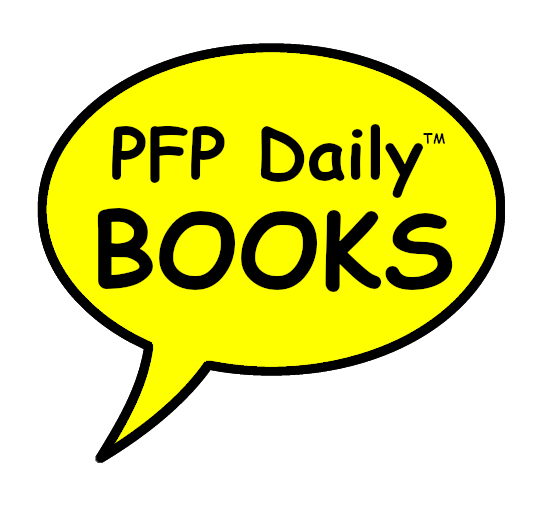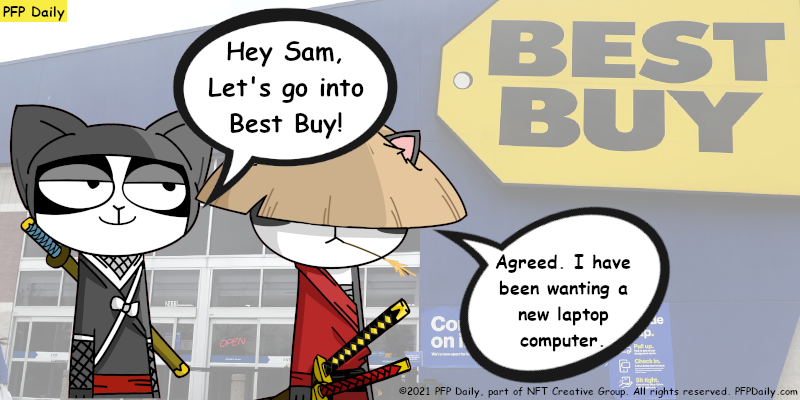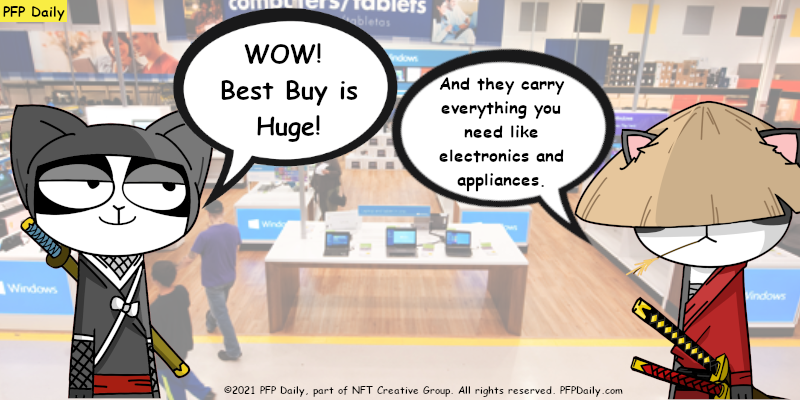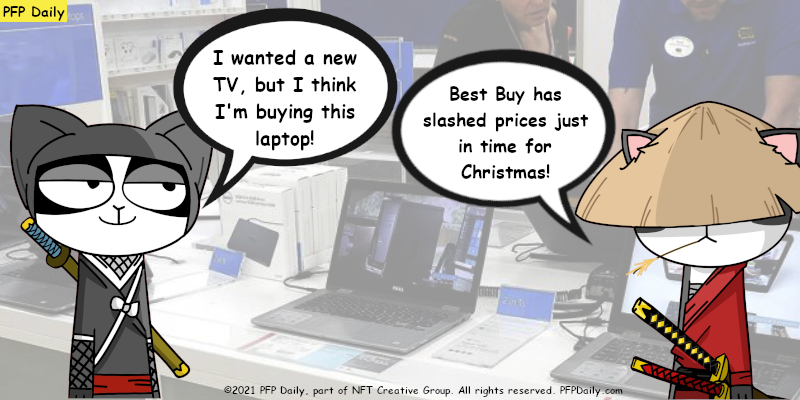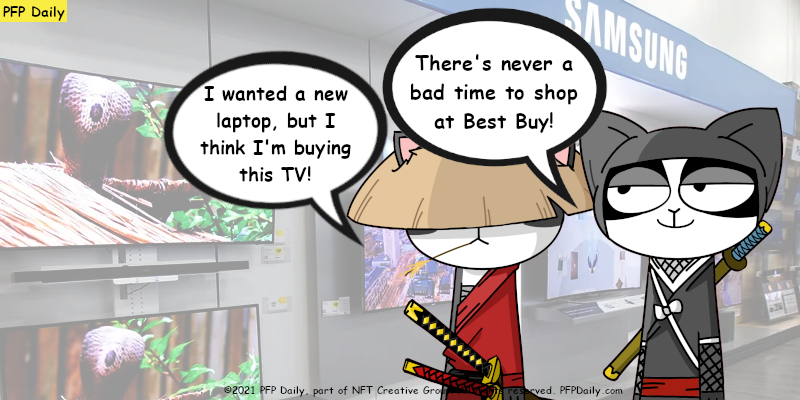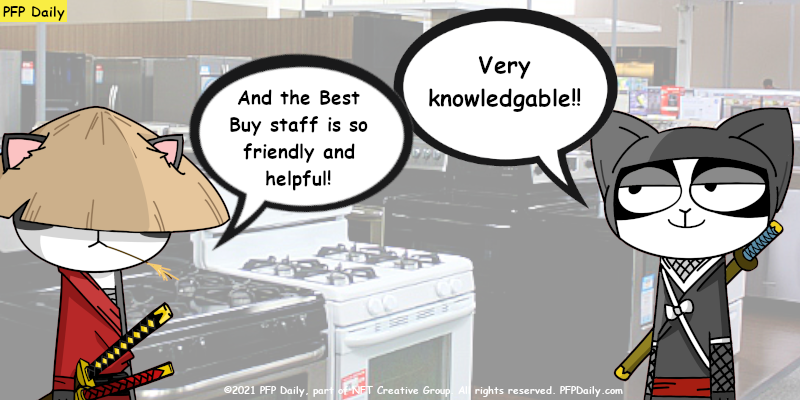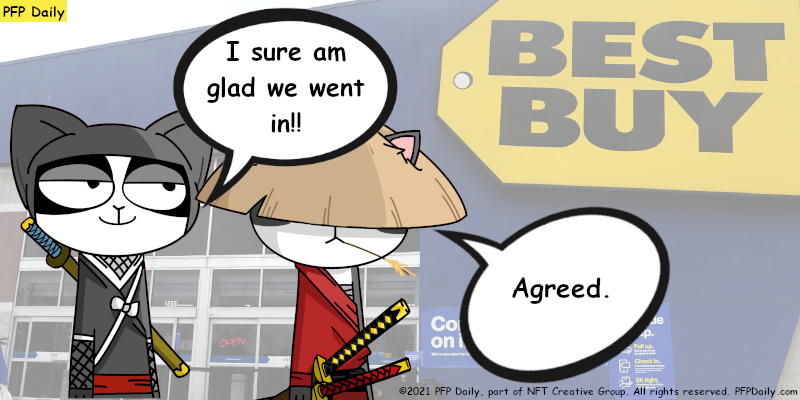NFT’s – Non-Fungible Tokens Change The World
When I started NFT Creative Group I had one goal – to help as many people as possible get into the NFT world, without having to do all the heavy lifting themselves. Let’s face it, the Blockchain world is pretty difficult to navigate. There are numerous wallets and chains, many types of tokens and coins, various DEX’s, and a plethora of places to upload and try to sell an NFT. The space is growing more like the wild-west every day. It’s everyman for himself, and droves of people are headed into Cryptocurrency like it’s the California gold rush of the 1800’s. And yet, the vast majority of people have no idea how to even get started in this brand new world.
Oh, before I get too far, if you’re already lost, NFT stands for “non-fungible token” and it allows you to use the blockchain to buy and sell both digital assets, as well as physical. It has the ability to create a “smart contract” between a buyer and a seller and once an item is sold, there is no disputing who the owner is – it’s immutable because it lives on the blockchain and everyone can easily see who the seller was and who the buyer is.
The idea was to use my talents and knowledge of the space to sign up Museums, various Halls of Fame, memorabilia themed bars and restaurants, and others with collectables hanging on their wall, but bringing in no revenue.
Take the Rock-n-Roll Hall of Fame as an example. Many items have been lent to the Hall by others, however, the Hall also owns a great deal of memorabilia itself. If we were talking about Jimi Hendrix guitar, we would be talking about a piece of history that simply sits behind glass. The only revenue it brings in is from those that pay the fee to come in and see it – and in the era of COVID, there’s not many people willing or wanting to visit.
So let’s say the Hall decided to offer the guitar as an NFT. They easily could – while at the same time, by way of the smart contract, keep the actual guitar behind the case for all to see. This would happen by way of the new NFT owner ‘granting’ them, or ‘loaning’ them, the guitar in perpetuity. The guitar has a new owner, but the new owner only has an NFT of the guitar they own – not the actual item.
The beauty of selling items this way, as an NFT, also comes back to the smart contract. The new owner may chose to sell the NFT to another person, and each time the item is sold it potentially goes up in value – and the Hall would get a percentage of every sale, also in perpetuity.
In the real world if you sell a piece of art, it’s typically a one time sale. You no longer reap any benefit should the person who buys it then turns around and sells to another. NFT’s eliminate this concern and provide potential life-long royalties – sale after sale after sale. Theoretically, there is no ceiling as to how much the Hall might make from such an arrangement, but if we’re talking Jimi Hendrix’s guitar, it could be in the millions – over and over again.
Suffice to say, it isn’t easy (especially in these very early days of Crypto and NFT’s) to convince people in positions of power, who have the ‘old school’ mentality of ‘this is how it’s always been done’ to open their minds to the possibilities NFT’s afford. And before long it became clear that, possibly, I was just too early for the market to understand.
So, I switched gears and tried selling my own art as NFT’s – and more importantly, I started buying other’s art NFT’s. And this is when I learned about PFP’s.
PFP’s – Here Come The Bored Apes
PFP stands for ‘Picture For Proof’, which is a fancy way of saying one’s Profile Picture.
In the NFT world, PFP’s are one of the most important items one can have. PFP’s are a type of ‘bragging right’ of ownership. When someone buys an Avatar (cartoon picture) NFT, often they do so to create a ‘community’ of others with the same style PFP around them.
Avatar NFT projects typically have as few as 100, and as many as 10,000 various iterations of a certain avatar design. These often come in the form of an animal – bear, turtle, bunny, ape, dogs, and yes, even cats. Occasionally there are human and alien style avatar projects as well.
Need another 500 Twitter followers? Choose a hot avatar project, buy an NFT from that project, place it as your PFP, and you’ll find a built in community of like minded people who like that art. It’s called Follow for Follow.
And then, along comes the Bored Ape Yacht Club – and they change everything!
IP – The Power Of Truly Owning PFP NFT’s
It isn’t that the Bored Ape’s were the first to be the ‘hot’ PFP – and they weren’t even the first to offer complete IP (Intellectual Property) ownership of the NFT you purchased from them, it was that they offered that and then became a cultural phenomenon in the NFT world.
A Bored Ape owner now had the right to use, and do, whatever they wanted with the Bored Ape they owned.
They could make derivatives (slightly changing their Bored Ape by either adding art, or taking away art) and sell the derivatives as a brand new collection for those already priced out of the Yacht Club.
They could create a comic book with other Bored Apes and sell the new comic book as an NFT, thus splitting the profits.
They could band together into a collective and create passive income based on selling fractional ownership of their Bored Ape to thousands and thousands of others.
But even still, no one seems to get the full power of IP ownership.
The Birth of PFP Daily
When I saw what was happening, I completely switched gears again and started looking for Avatar projects that offered complete IP rights. If I bought it on the blockchain, I owned 100% of the IP and commercial rights to use, and do, whatever I wanted with it.
At first I would use these NFT’s to create replies on Twitter using the avatar and a cartoon style speech bubble with cartoon text. For instance, I bought a Satan avatar from the BoneDaddy project. Anytime someone posted a rather racy picture or Tweet, I would have Satan saying “Can Someone Bring Me Some Water?”, or “I’m so thirsty!”.
I thought it was funny and just got a kick out of it. But then something happened.
I actually began having fun making various avatar NFT’s ‘say things’.
Then I began combining two and sometimes three avatars together to have a conversation. And an idea hit. “Why not combine all of these avatar NFT’s I own and make a real comic strip out of them?”. After all, I always loved Charles Schultz and I swore one day I would buy the entire Peanuts library. Maybe I should just create my own instead? And PFP Daily was born. It was the first ever NFT project to use various Avatar projects, all living in the same world but apart, in a comic strip.
PFP Daily’s pilot was named “Water”, and it tells the story of Satan wanting water – but no one ever brings him any. Yes, Satan is the dupe – and it turned out to be hilarious.
In the pilot I added a cat doctor avatar – Doc – to show up and help diagnose Satan. The scenes turned out so well, I started buying up more and more NFT’s with the idea I would build a ‘spin-off’ comic strip around them – and Doc’s World was born.
The Future of Doc’s World IP
This brings us back to the IP and the importance of using it correctly.
There is more money to be made from correctly utilizing the IP than there is from buying and selling various NFT projects.
It always makes news when, like just today, Christies auction house sells 101 Bored Apes for $24 million. But what will make news in the future is the use of PFP’s in building a brand.
Already VISA bought a Crypto Punk, and Arizona Iced Tea has a Bored Ape. It can only be a matter of time before other large businesses get smart to the idea that it’s a smart idea to license NFT PFP IP from owners.
This is where Doc’s World stands in the forefront.
With the characters in the new show – and the show itself – we offer a number of opportunities for brands to align themselves in a forward facing way with the millennial base they covet. One that knows blockchain technology and understands cryptocurrencies and the NFT world. This younger demographic has money, and brands still in the branding business need to begin understanding how to reach these people.
Think Primary Sponsors, Secondary Sponsors, and Product Placements in the show.
Already there is a panel where Doc orders a sweet tea. It would be pretty easy, and advantageous, to NAME the tea. “I’ll have 2 corndogs and an ARIZONA (or _______ ) Iced Tea”.
Think TV commercials, print advertisements, and product packaging.
(Scene: Joey (the ninja) and Sam (the samurai) are walking through Best Buy looking at the latest large screen TV’s – Joey says to Sam, “Best Buy is slashing prices on their large screen TV’s just in time for Christmas!” – Sam replies, “There is no bad time to shop at Best Buy. Only good opportunity.” Announcer: “Get your new 70″ Samsung TV for only … … …”)
Think about other opportunities. Like cartoons, movies, comic books, back to school items, calendars, Christmas ornaments – the list goes on and on for licenses to business.
Think about Children’s Hospitals, Pediatricians, and K-5 school nurses having Doc hanging on the wall as a poster – and coloring books for all the kids, whether admitted or simply sitting in the waiting room. Get Well cards and Mylar balloons. Doc plush animals in the gift shop.
All over the world.
I do.
THIS is the power of IP in the NFT PFP era! It’s time to start thinking bigger.
You can see and read PFP Daily and Doc’s World at www.PFPDaily.com
#NFT #NFTs #PFP #blockchain #crypto #cryptocurrency #cryptocurrencies #avatar #avatars #licensing #branding #retail #hospital #nurses #teachers
